Specifications
Decoding
DAC chips are like trends, sometimes it’s Sabre, sometimes it’s Burr-Brown but almost all the products I reviewed this past weeks were Asahi Kasei. Yes, the xDuoo TA-10 uses an AKM4490 DAC, which is by no means a bad chip. There are more up to date versions, such as the AK4493 but this is still a great chip.
Dynamic range can reach 120dB and THD -112dB, enough for regular human ears. This DAC supports sampling rates up to 768kHz and DSD input up to 11.2Mhz, that’s more than enough in my opinion. The dual clock helps to reduce any unwanted jitter and this is getting more and more common in mid-fi setups.
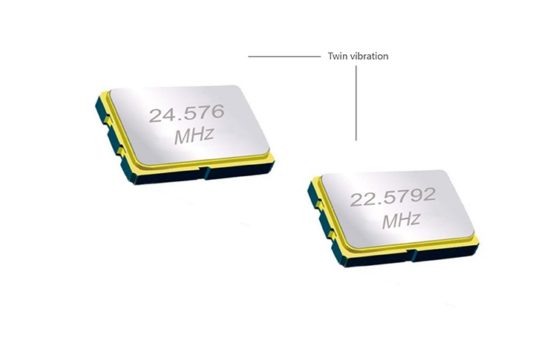
As you know, USB is the only digital input available. Thankfully, xDuoo chose a great chip to make the bridge between your source and the DAC. The SOC is a XMOS XS1-U8A-64, a 8-core chip capable of decoding every digital stream from 16 to 32 bit. This is also the reason why the xDuoo TA-10 can be connected seamlessly to your DAP or smartphone.
I could not change the roll-off filter on the TA-10. There are no options available on the wall itself and nothing else on the driver. This should not be an issue for 99% of listeners, unless you really need to tweak your sound to the utmost level.
At 115dB of S/N ratio, it’s not one of the most impressive number we’ve seen out there, but that’s still plenty enough to appreciate. Even if you only have 24bit files on your computer, or DSD. The AK4452 supports DSD too yes, DSD64/128/256 and that is quite a surprise as most entry level DAC doesn’t go higher than DSD64.
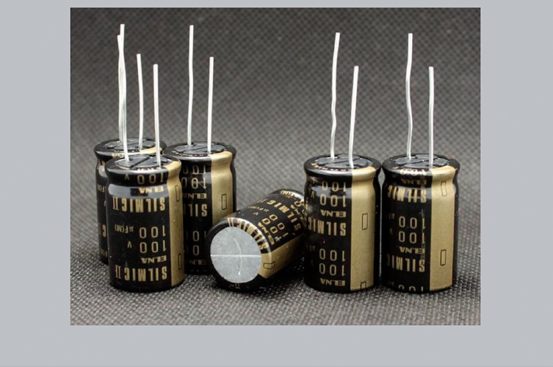
Audio amplification
As a hybrid amplifier, the xDuoo TA-10 combines vacuum tube pre-amplification and mosfets amplification. The tube is a classic triode, a 12AU7 that can be easily swapped when you need to. Power output is rated at 2000mW @32ohms in balanced and unbalanced modes. Gain is rated at +18dB, so you can rest assure this amp should be able to drive almost every can in your stock.
The big plot at the back of the top panel hides two pairs of three Japan ELNA SILMC capacitors. Each set takes charge of one channel, whereas the 12AU7 directly outputs a stereo signal. Distortion is fairly high at 0.01% so expect some noise along the road. Nothing to be ashamed as tube amplifier always sound noisy compared to classic mosfets amps.
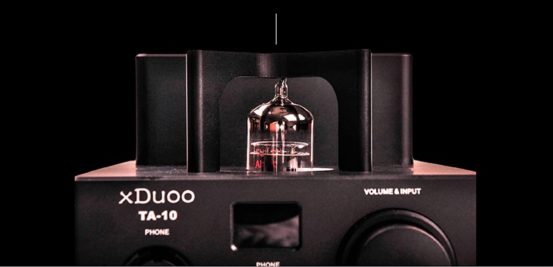
This amp is designed to driver big headphones, xDuoo states it could “easily drive 8-600ohms, high resistance and low resistance headphones.” I can trust them on the first part, but I’m fairly dubious regarding sensible headphones..
Full specs
As usual, here are the full specs of the xDuoo TA-10. If you’re not interested just swipe down !
- Type : DAC / Headphone amplifier
- USB : XMOS XS1-U8A-64
- Tube : 12AU7
- DAC : AK4490
- LPF : Ti OPA1612
- BUF : 2x Ti OPA926
- Sample rate : PCM : 30Hz – 384kHz (16/24/32bits) native – DSD64/128/256
- Outputs : 6.35mm headphone out / XLR 4-Pins TRRS out /
- Coaxial Out + optical out
- Line Out (RCA)
- Input : USB Type-A / Line-In (RCA)
- Volume Knob : full-digital
- Drive Ability : 16-600 ohms
- USB Audio Class : UAC2.0
- USB Driver : ASIO/DS/WASAPI/DSD DOP
- Driverless with W10 and OSX / Else, you’ll need to download the driver
- SNR : > 113dB
- THD : < 0.01%
- Frequency Response : 10Hz – 100kHz (+/- 1dB)
- Line level : 2.1Vrms
- DAC : 384kHz/32bit
- Output Power 6.35mm : 2000mW 32ohm
- Output Power XLR 4Pin : 2000mW @ 32ohms
- Voltage Swing : 15V
- Size : 23cm*12cm*10.5cm
- Weight : 1500g
The review continues on Page Five, after the click HERE or by using the jump below.







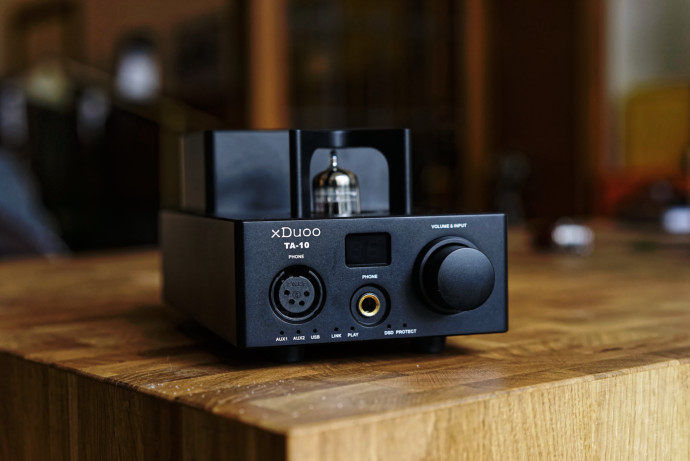
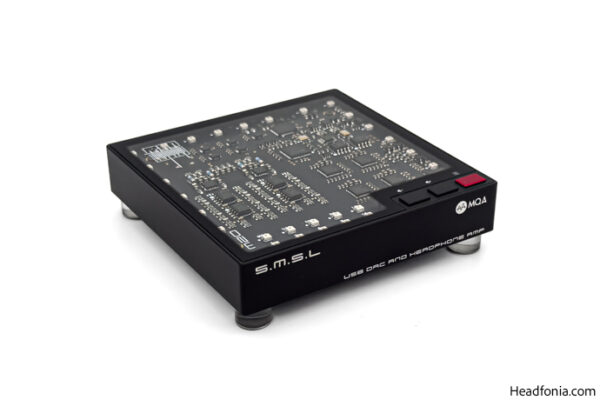
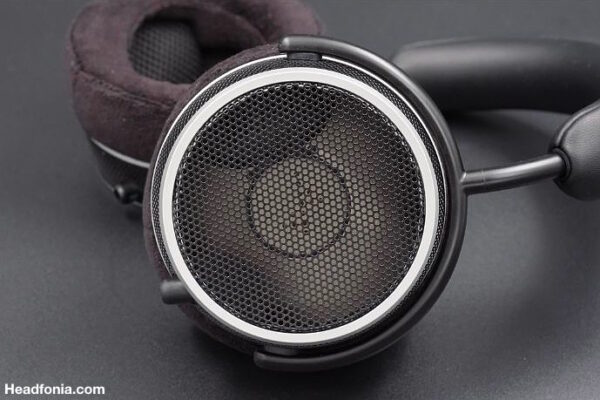
Error code 2000-0151
I have really liked its look. That design is just giving it the amazing look. I have also loved its sound. Hope others will also like it.
Jimmy Ngai
Curious some texts are copied from review of FiiO Q1 Mark II? I saw some wrong description about the xDuoo one.
rslatara
Did yours take time before audio came on and is the any clicks or pops when it picks up audio?
Max
Hi, I just got one of these XDUOO TA-10 base on your review and it seems the device makes a very audible clicking sound when it switches between music players and sources.
Even between youtube via browsers and music players.
Does yours do this? or is mine faulty?
Stefan Gruenendahl
The part about the rolloff above 10kHz is not correct. ASR did a test of the TA-10, and the headphone output is flat all the way to 20kHz.
See https://www.audiosciencereview.com/forum/index.php?threads/review-and-measurements-of-xduoo-ta-10-tube-dac-hp-amp.8533/ , and the headphone output frequency response graph at https://www.audiosciencereview.com/forum/index.php?attachments/xduoo-ta-10-tube-headphone-amplifier-and-dac-frequency-response-audio-measurements-png.31567/ .